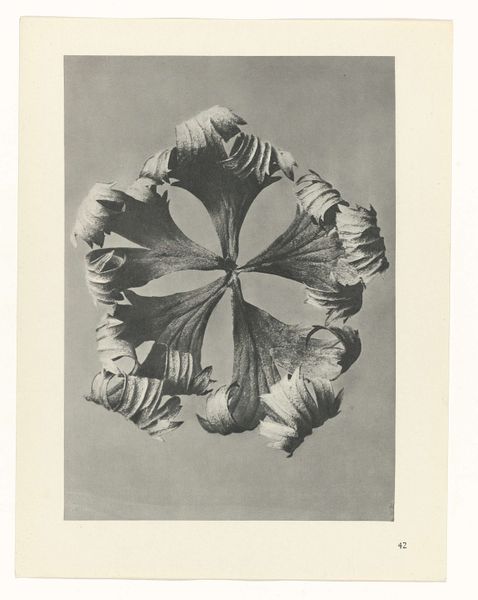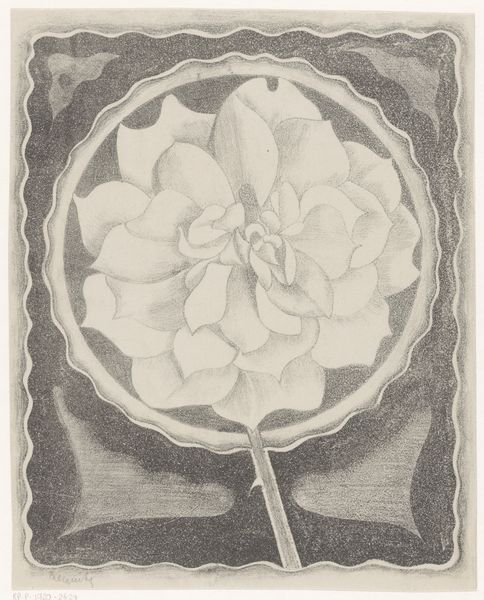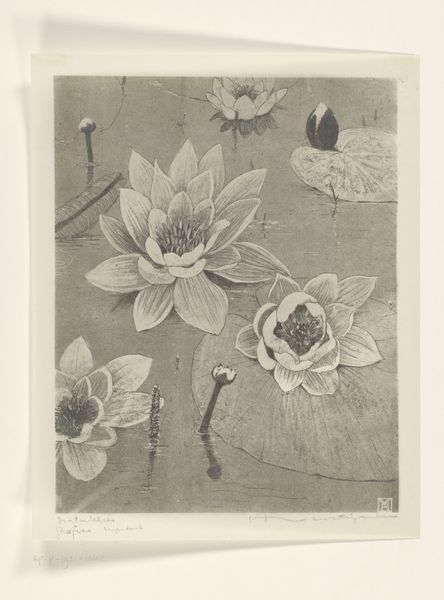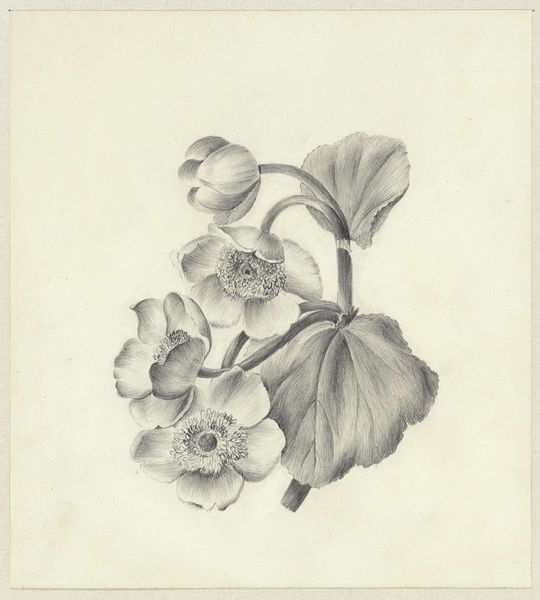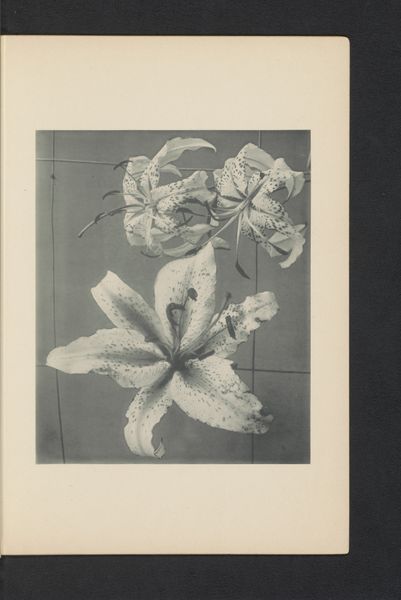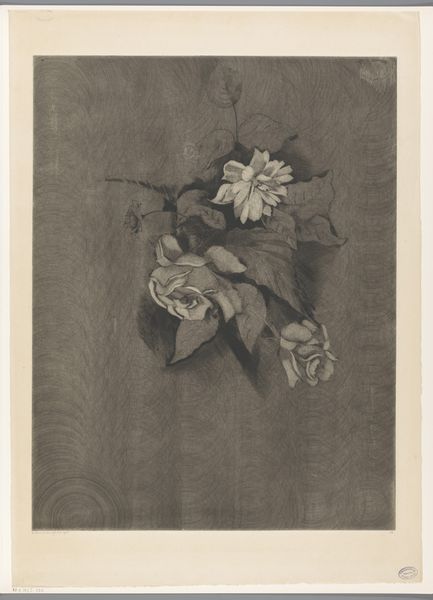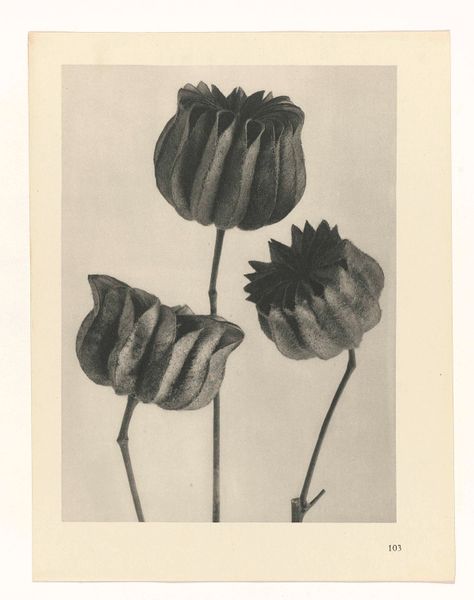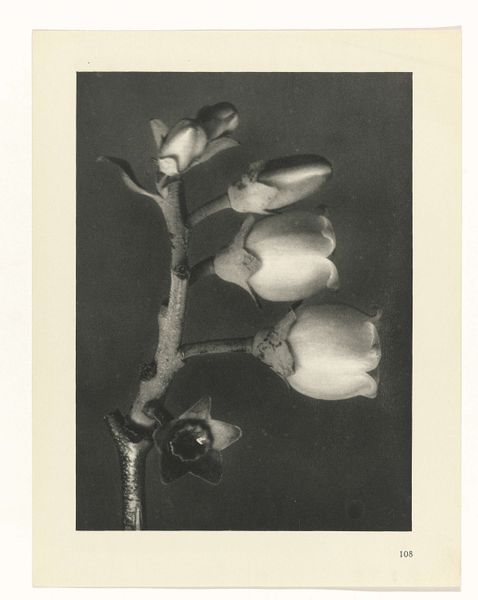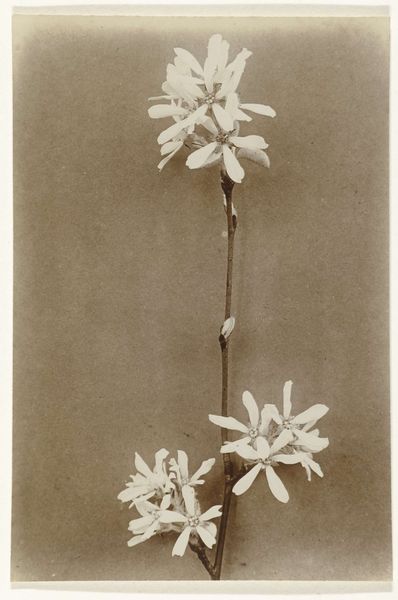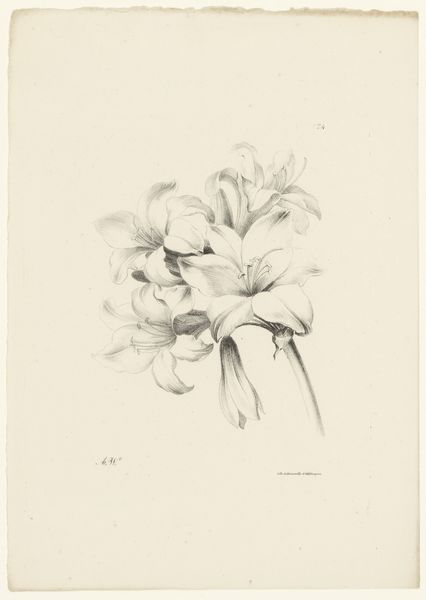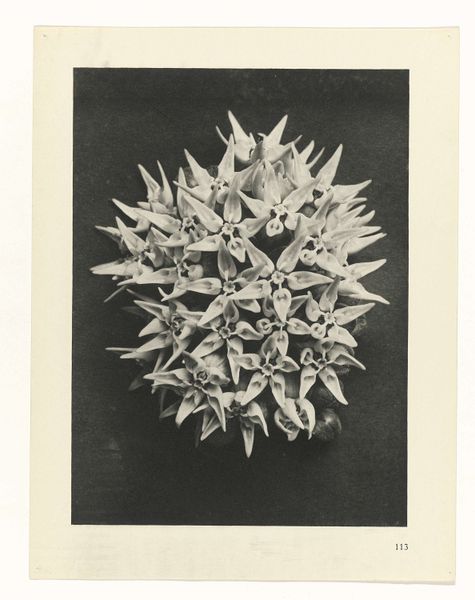![['Plant Studies', 'Urformen der Kunst: photographische Pflanzenbilder'] by Karl Blossfeldt](/_next/image?url=https%3A%2F%2Fd2w8kbdekdi1gv.cloudfront.net%2FeyJidWNrZXQiOiAiYXJ0ZXJhLWltYWdlcy1idWNrZXQiLCAia2V5IjogImFydHdvcmtzL2JlMWNhODZmLTZmYTUtNDkyOC04NzNjLTgwNGNkYTUyM2NiNy9iZTFjYTg2Zi02ZmE1LTQ5MjgtODczYy04MDRjZGE1MjNjYjdfZnVsbC5qcGciLCAiZWRpdHMiOiB7InJlc2l6ZSI6IHsid2lkdGgiOiAxOTIwLCAiaGVpZ2h0IjogMTkyMCwgImZpdCI6ICJpbnNpZGUifX19&w=3840&q=75)
['Plant Studies', 'Urformen der Kunst: photographische Pflanzenbilder'] 1928
0:00
0:00
karlblossfeldt
Rijksmuseum
Dimensions: height 312 mm, width 242 mm
Copyright: Rijks Museum: Open Domain
Curator: Immediately, the scale strikes me. This isolated blossom, starkly lit, fills the frame, almost confronting the viewer. There's something unsettling yet powerful in its magnified presence. Editor: It’s fascinating, isn't it? What we are looking at here is Karl Blossfeldt’s “Plant Studies”, also known as "Urformen der Kunst: photographische Pflanzenbilder”, from 1928, currently held at the Rijksmuseum. Blossfeldt dedicated his career to capturing botanical forms, which really places these studies at an intersection of art nouveau and realism. Curator: Realism filtered through an almost surreal lens. The photographic detail is astonishing. You can trace every vein in the petals, and it's nearly clinical in its exactitude, devoid of context beyond the plant itself. What I am really drawn to are the shapes: nature itself as architect. Editor: Precisely. Consider this in relation to the New Objectivity movement burgeoning at the time, and its rejection of sentimentalism. Blossfeldt presents nature as pure form, mirroring the functionalist ideals in architecture and design, reducing the social life of botany into mere shape. I also see this as speaking to ideas within critical race studies about extracting bodies from their culture. Here we see an individualistic gaze. Curator: It almost feels like a taxonomy presented without empathy. However, even with the artist’s scientific intentions, I read tension between objectivity and artistic expression. The very act of selecting and composing, in a way transforms these plant parts into a kind of visual rhetoric, maybe an anti-colonial perspective regarding Europe's grasp for plants as trophies from foreign lands. Editor: I can certainly see those elements playing out within it, yes. The image has prompted me to reflect upon how artists use realism and how its many artistic movements interact in the expression of visual intent, to give visibility to forms which is in a way empowering those excluded from the power structure of representation. Curator: And for me, this examination reveals both the beauty and the potential for unsettling scrutiny that's present when viewing an ordinary form through photography.
Comments
No comments
Be the first to comment and join the conversation on the ultimate creative platform.
